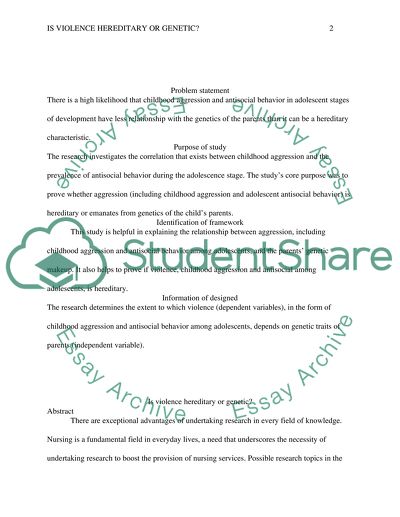Cite this document
(“Is violence heriditary or genetic Research Paper”, n.d.)
Is violence heriditary or genetic Research Paper. Retrieved from https://studentshare.org/nursing/1401346-is-violence-heriditary-or-genetic
Is violence heriditary or genetic Research Paper. Retrieved from https://studentshare.org/nursing/1401346-is-violence-heriditary-or-genetic
(Is Violence Heriditary or Genetic Research Paper)
Is Violence Heriditary or Genetic Research Paper. https://studentshare.org/nursing/1401346-is-violence-heriditary-or-genetic.
Is Violence Heriditary or Genetic Research Paper. https://studentshare.org/nursing/1401346-is-violence-heriditary-or-genetic.
“Is Violence Heriditary or Genetic Research Paper”, n.d. https://studentshare.org/nursing/1401346-is-violence-heriditary-or-genetic.


